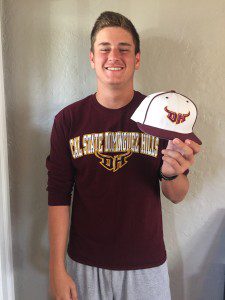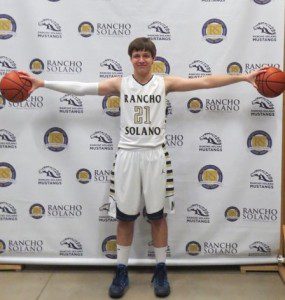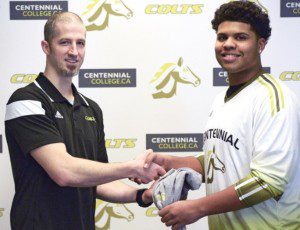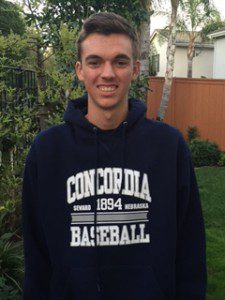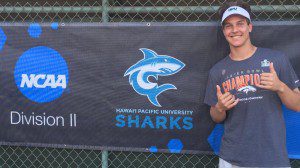Successfully Managing Your College Recruiting Process
Posted by SportsForce in College, Inspiring Stories, Prep, Recruiting, Tips & Advice, tags: academic scholarship, college offer, college recruiting, college recruiting process, high school sudent, inexperienced approach, professional approach, sport scholarship, sportsforce, student athlete
What does it look like when a professional and those with less experience try to secure college offers, earn significant scholarships and play their sport in college?
Let’s highlight some of the key differences in the two approaches.
Professional Approach
- Meets with certified counselor to ensure high school courses are in line with NCAA core course eligibility.
- Analyzes best classes to take in order to maximize GPA while maintaining an appropriate strength of subject content. This is based on the academic requirements of their college target list.
- Analyzes and determines the best test to take (either SAT or ACT) based on individual strengths and focuses on studying for one test. Uses professional help/guidance in studying for tests.
- Receives proper athletic evaluation. Creates and executes a customized game plan to begin the recruiting process. Targets appropriate colleges that match student-athletes academic, athletic, geographic and financial desires and abilities. As a result, enjoy shorter recruiting cycles. Begins in the freshman or sophomore year.
- Develops ongoing and strong personal relationships with multiple college coaches. Makes it easy for college coaches to communicate and interact with them. Understands when a college coach is genuinely interested in them, or if the coach has no interest in making them an offer.
- Executes their game plan and secures multiple offers from best-fit schools.
Inexperienced Approach
- Does not understand core course NCAA eligibility requirements. Does not regularly meet with certified counselor to properly track high school course load.
- Only takes mandatory courses or classes of interest with no link to specific target college academic requirements.
- Studies for, and takes both the ACT and SAT tests. Then determines what might be the best test to take again. Does not use prep testing services.
- Sits back and waits for college coaches to contact them. Hopes to be discovered by college coaches at a camp/tournament/showcase. Rely on outside factors such as club or high school coaches to help them be recruited. Receives and acts on poor advice from well-intentioned people. Gets serious about recruiting late in the junior or senior year.
- Wastes time trying to communicate with coaches that have no desire in recruiting them
- Wastes a lot of money and time on attending multiple camps/tournaments with no idea if these are the appropriate ones to participate in.
- May secure an offer from a school they are not strongly interested in, or may not secure any offers at all
Managing the recruiting process like a professional is not easy. Most know that they will experience this event only one time and making mistakes are costly. It’s competitive and hard work. It requires focus, sacrifice, determination and the appropriate resources. The professional is prepared and committed to achieving their goals over the long haul.
Inexperienced people typically do not take control of the recruiting process. They usually fall short of achieving their college recruiting goals. They lack a well-conceived game plan and find it difficult to execute basic strategies. They typically repeat activities that are ineffective and unsuccessful. Inexperienced families and student-athletes do try their best. Even though they sometimes may achieve incremental gains, much of their success is left entirely to chance.
Of the 8 million students playing their sport in high school, approximately 94% or 7.5 million never go on to compete in their sport in college. The competition is too fierce, the roster spots and scholarships are too limited, the process is too complex, the college recruiting budgets are too small and the stakes are too high to manage this process without the necessary tools, guidance and professional support.
You don’t have to go it alone. As the nation’s premier college recruiting advisory group, SportsForce provides families with a highly trained team of college recruiting advisors who have either played or coached their sport at the college level. Our entire team of professionals dedicates their passion, time and attention to properly evaluating, educating and successfully guiding qualified student-athletes and their families through the college planning and recruiting process. We can help you too.
For a personal college recruiting evaluation and honest estimate of your potential to compete at the next level, contact us at:
Phone: 1.888.9787084
Email: scouting@sportsforceonline.com



